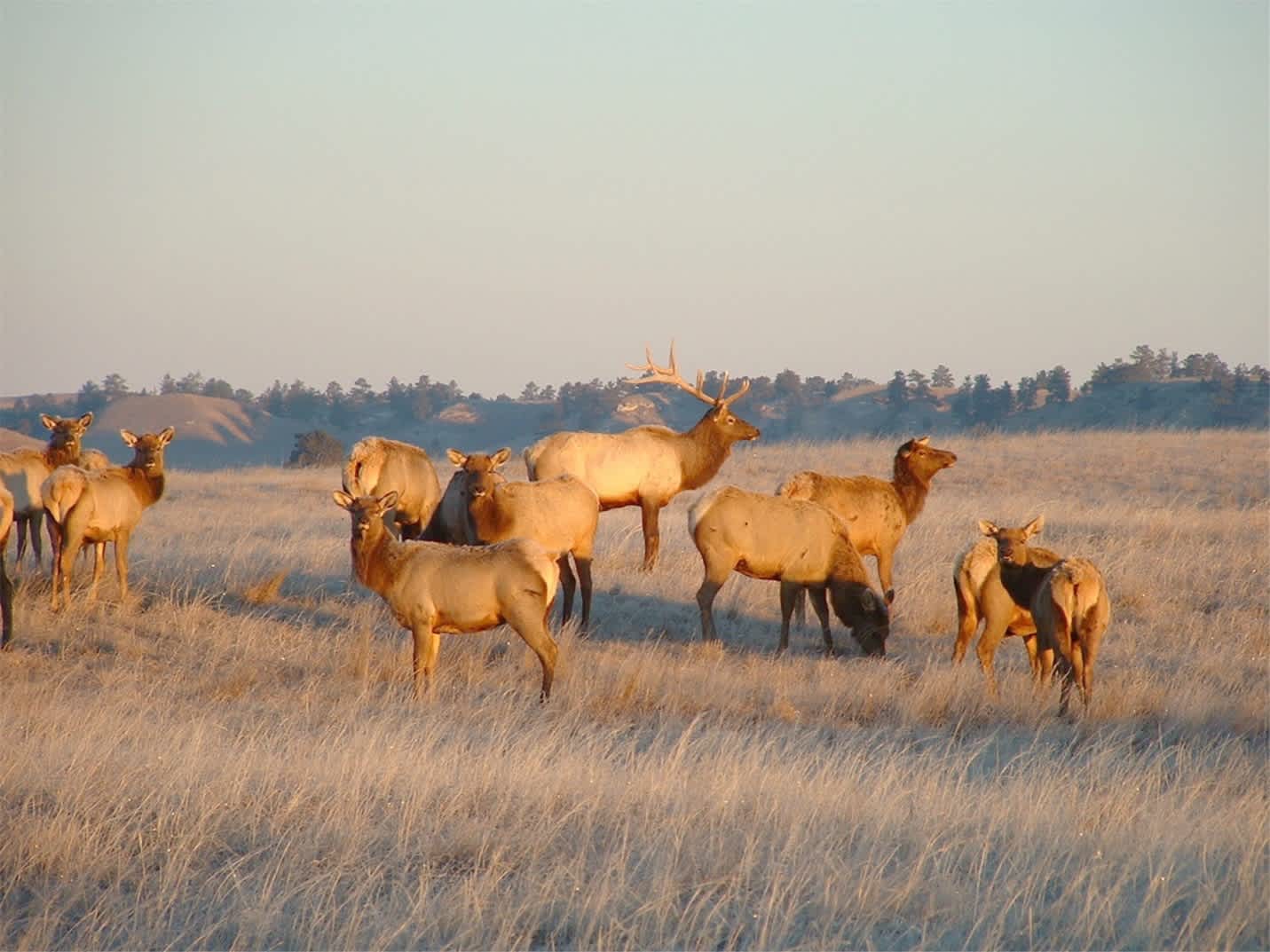Virginia’s Small Elk Herd Prospers
OutdoorHub Reporters 09.10.14

Elk have had a long and rocky history with the state of Virginia, especially following a long period of expiration, restoration, and expiration again. The latest attempt to bring the species back to the state, however, has some conservationists hopeful. Located on a 2,000-acre parcel of land within Buchanan County, a small herd of about 90 elk continue to prosper. Leon Body, Virginia district chair of the Rocky Mountain Elk Foundation (RMEF), told the Bristol Herald Courier that he believes 20 calves were born this summer.
“As the bugling and the rut starts, I imagine there’ll be people out every day,” Body said.
Most of the calves came from 16 pregnant elk recently transplanted from Kentucky. Earlier this year, state wildlife officials imported 45 elk to bolster the small herd living in a reclaimed mining site in the western Virginia county. The goal is to eventually grow the population to 400, a number that will support wildlife viewing and very limited hunting opportunities.
Back in 1916, the newly-formed Virginia Game Commission authorized the release of elk in 11 counties across the state, but that only resulted in two small herds by 1926. Elk lingered on for a few more decades before once again vanishing from the state in 1970. On the heels of a successful reintroduction in Kentucky in the 1990s, elk once again wandered across state lines and established a meager, but native population. Biologists are hoping that with the addition of the Kentucky elk, the Buchanan County population could mean the start of a true restoration for elk in Virginia.
“This is a prime example of what can happen when good people work together,” said David Allen, RMEF president and CEO. “There is now a growing and sustainable elk herd on the ground in Virginia for the first time in more than four decades.”
RMEF and other donors provided much of the funding for the restoration program, and Boyd is eager to see the herd do well. He told the Herald Courier that interest from wildlife watchers is growing steadily, and that the rut will be an exciting time for those observing the herd’s progress.
“There is a lot of interest,” Boyd said. “Five or six days a week, we’re taking people out to see elk.”

